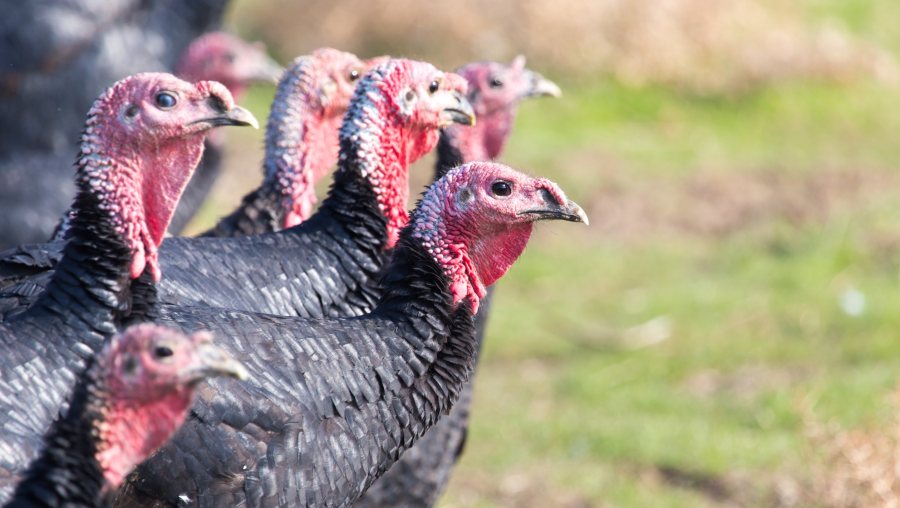
The International Egg Commission (IEC) has released a new report that considers the essential components required for a vaccination against bird flu to be successful.
The report explains the advantages of vaccination against the disease, as well as ways to overcome potential barriers to vaccination.
Vaccination, according to the IEC's report, can provide an additional layer of protection for poultry businesses.
It comes as the global poultry industry continues to face unprecedented levels of high pathogenicity avian influenza (HPAI).
The UK alone has seen more than 330 cases confirmed and 4 million birds culled over the past year.
Ben Dellaert, chair of the IEC’s Avian Influenza Global Expert Group, which was established in 2015, said the report would support countries considering vaccination.
“Alongside robust biosecurity, vaccination can be an important additional tool for preventing and managing HPAI," he said.
It comes alongside the release of Defra’s own report evaluating future actions against HPAI in Britain which looked closely at the viability of vaccination.
The first part of the report focuses on the reasons why vaccination has not been widely used in the past.
It notes that the sporadic nature of the disease and success in containing and eliminating outbreaks meant that it was previously unnecessary.
However, infections have increased, with the current viruses now well established in both migratory and non-migratory wild bird populations.
High level biosecurity measures which previously would have prevented HPAI are no longer stopping all incursions of the virus.
As the Defra report also mentions, vaccination has been in use since the early 2000s in some countries where the virus can’t be eliminated using standard control measures.
Although the disease has not been eliminated in many of these countries, vaccination has helped to minimise the damage of HPAI and protected food security and livelihoods.
The example of Hong Kong SAR in particular, where vaccines have been used for over 20 years, proves that vaccination can be used successfully and that an effective surveillance system can be implemented alongside it.
According to the paper, vaccination should be used in partnership with other biosecurity methods as either a preventative measure, an aid to control outbreaks, or as a routine measure to reduce the likelihood of infection.
The IEC's expert group set out their ten essential components for an effective vaccination programme.
These include the monitoring of vaccinated flocks for their immune response, only using high potency vaccinations in order to produce a robust immune response, and ensuring vaccination is used as an additional layer of biosecurity rather than as a replacement for current measures.
In addition to defining the essential components of an effective HPAI vaccination programme, the paper also explores how to conduct appropriate surveillance for infection within vaccinated flocks.
This would allow for continued trade of poultry and poultry products as stipulated by the World Organisation for Animal Health (WOAH) Terrestrial Animal Health Code.
The report notes that barriers on trade for vaccinated birds and products as well as the challenges of developing an appropriate surveillance system has been one of the factors holding back the use of vaccination in the past.
To deliver an effective system, various methods should be used alongside each other in a multi-pronged approach to assess the immune and infection status of vaccinated flocks.
However, whilst any surveillance approach must be sensitive enough to detect transmission it also needs to be cost-effective, time sensitive, and logistically feasible.
